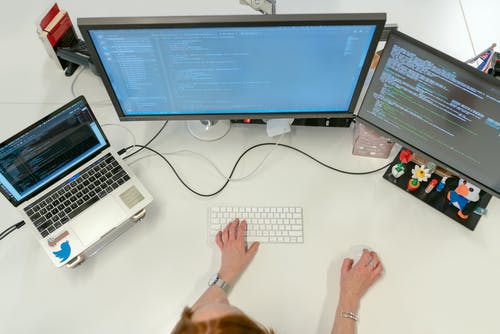What is a multibeam survey, and how does it work? A boat-mounted multibeam echo sounder sends out a wide array of beams across into the bottom of the water. As the beams return to the surface from the depths of the ocean, data is collected and evaluated. The processed data may be shown on the computer screen in real-time during the survey.
Multibeam Echo Sounder and Its Applications
What multibeam echo sounders are and how they may be used to aid in subsea surveys will be discussed in this article.
Basic Operation
Multibeam sonar sensors are sound transmitters and receivers that broadcast and receive sound in many directions. When an electrical signal is delivered, it is transformed into an acoustic pulse, which is then converted back into an electrical signal when it is received. You can check different kinds of Multibeam Echosounder on this site.
Multibeam Bathymetry
Multiple-beam bathymetry is based on the idea that more rays are better than one. The US Navy developed a gadget that could simultaneously send out numerous sound beams to obtain a series of sea depth readings throughout the path of a moving warship some 30 years ago.
Process of Bathymetry
The usage of echo sounders is being used to take bathymetric readings. An echo sounder is a device that transmits a sound pulse to the ocean floor from a ship’s hull or bottom. A sound wave strikes the ship and bounces back. The time it takes for the pulse to leave and return to the vessel determines the topography of the seafloor. Engineers and builders need accurate water depth data using a marine sonar before they can start any construction.
Bathymetry’s Purpose
Bathymetric or hydrographic maps are created to help in the safe sailing of the surface or subsurface. Contour lines and specified depths are often used to show seabed terrain or topography. On the seabed, they usually provide surface navigational information. The sonar pipeline provides granular high resolution information about the pipe on the seafloor.
Topography of the Ocean Floor
Bathymetry is the study of the “beds” or “floors” of water bodies such as oceans, rivers, streams, and lakes. Bathymetry originally referred to the ocean’s depth above sea level. Nonetheless, it has come to be known as “submarine topography,” which refers to the depths and shapes of underwater terrain rather than the ocean’s depth.
Altimetry via Satellite
Using a thousand radar pulses per second, satellites can measure the distance between them and the ocean surface to within 0.03 meters. To use as a guide, draw a basic outline of an ocean basin.
Mapping of the Seafloor
Seafloor mapping, also known as seabed imaging, may measure the depth of water in a body of water. Bathymetric measurements are made using a variety of methods, including sonar and Lidar systems.
Finally
Multibeam echo sounders benefit from scanning the seabed with a fan of tiny acoustic beams, which allows them to cover the whole bottom with comprehensive coverage. The resultant seabed maps are more detailed than those produced by single-beam mapping when compared to single-beam mapping. The maps are also developed faster, which cuts down on time spent doing ship surveys.

